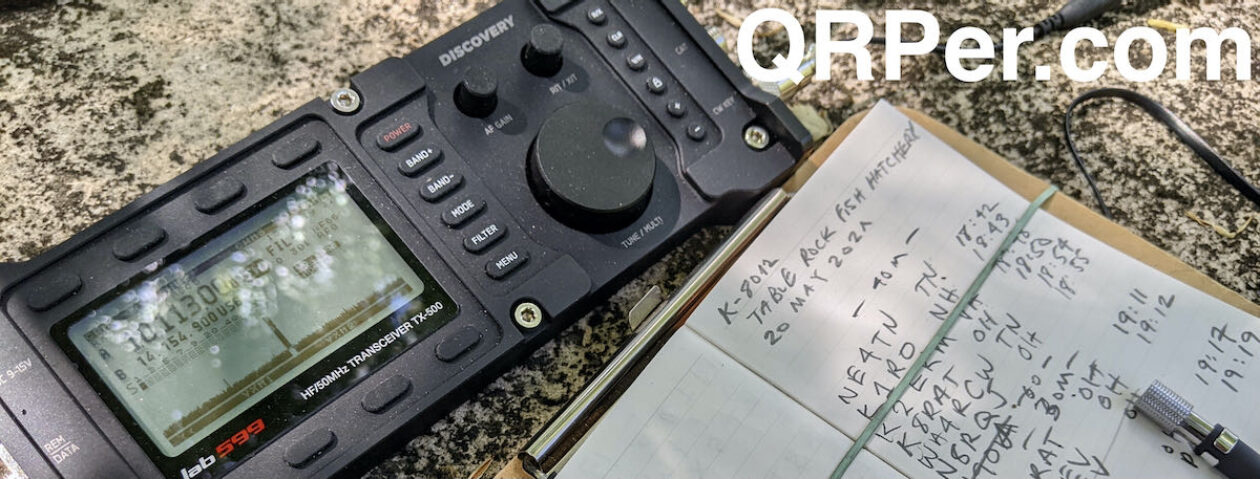 Many thanks to John (VA3KOT) who shares the following guest post which was originally published on his Ham Radio Outside the Box blog:
Many thanks to John (VA3KOT) who shares the following guest post which was originally published on his Ham Radio Outside the Box blog:
Why I Quit QRP (and maybe shouldn’t have)
by John (VA3KOT)
For many years I was a dedicated QRP operator. I even took my “Portable QRP Operation” show-and-tell out on the road for presentation at ham clubs in my area. Then along came the dark, gloomy depths of the solar cycle minimum. My forays out into the Big Blue Sky Shack became a series of disappointments. Maybe the odd QSO here and there, but most often I came home with nothing but a few RBN spots after multiple CQ calls. Something had to change.
“Why QRP?“
I began to ask myself “why QRP?”. It’s a valid enough question. Just what is so magical about an output power of 5 watts? Why not 1 watt, 3 watts, or 20 watts? It has often been said that 5 watts of CW is equivalent to 100 watts of SSB. There is a mathematical proof but I won’t repeat it here. So shouldn’t 100 watts of SSB be considered QRP?
QRP has a cult-like following. There are several online organizations dedicated to it. I am a member of some of them. QRP certainly has an appeal for those of us who like to operate in the great outdoors. Perhaps the greatest advantage is that an entire station can be stuffed into a couple of pockets – antenna and all. And a QRP rig sips battery power so slowly that some can be powered all day on a 9-volt alkaline battery.
I laid the blame for my lack of portable QRP QSOs on poor propagation. Maybe my signal just wasn’t making the trip. The propagation demons in the sky were swallowing my signals, burping and grinning down at me with a smug, malicious gleam in their eyes. QRP-’til-I-die operators shrug that off as “the fun of QRP”. Not getting any QSOs is fun?
In hindsight, there could have been another explanation. The Reverse Beacon Network was constantly reaffirming that my puny emissions were making it up to the ionosphere and being refracted back down to the Earth. So why were so very few people responding to my CQs? I have a theory about that. Maybe, back then, random CQs only appealed to a small number of people. I asked myself how often I responded to random CQs. Hmmm, not too often!
Anyway, images of QRO rigs were dancing around my head whispering sweet messages of temptation in my ear. “Yes” I said to myself; “that’s the answer. Maybe I just need to blow more watts into the air and I will fill up my logbook!” But first a roadblock. I had to persuade “senior management” that I should invest in a new radio. Continue reading Guest Post: “Why I Quit QRP (and maybe shouldn’t have)”















































